Introduction:
Cooked bacon is a delicious and versatile ingredient that you can enjoy in many dishes. However, knowing how long you can safely store cooked bacon in the refrigerator is crucial for maintaining its taste and ensuring food safety. This comprehensive guide explores the shelf life of cooked bacon, signs of spoilage, proper storage techniques, and useful tips to keep your bacon fresh.
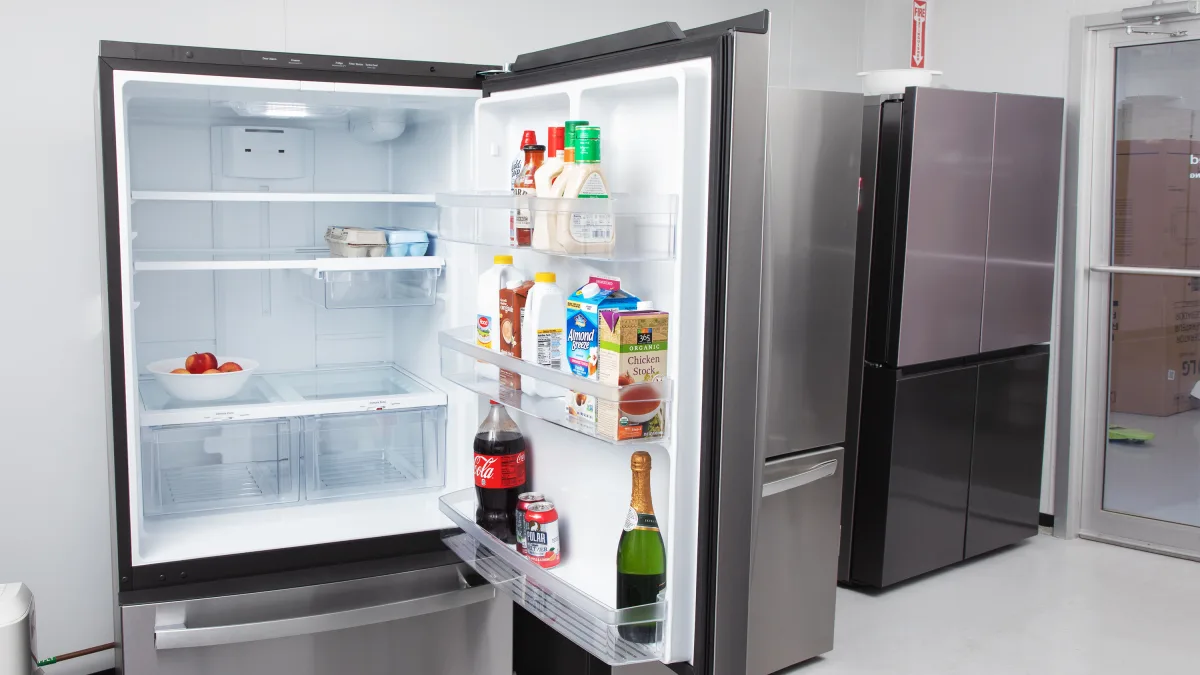
How Long Can You Keep Cooked Bacon in the Refrigerator?
Understanding the Shelf Life of Cooked Bacon
Cooked bacon, like any other cooked meat, has a limited shelf life. Understanding how long it stays fresh can help prevent foodborne illnesses and ensure you enjoy it at its best quality.
Typical Shelf Life: Generally, cooked bacon can safely be stored in the refrigerator for up to 4 to 5 days. This timeframe ensures that the bacon remains safe to eat and retains its flavor and texture.
Factors Affecting Shelf Life: Several factors can influence the shelf life of cooked bacon, including: Storage method: Properly sealing and storing the bacon in the refrigerator impacts its longevity. Temperature: Maintaining a consistent refrigerator temperature below 40°F (4°C) is crucial. Original quality: The freshness of the bacon before cooking affects how long it remains safe to eat post-cooking.
Types of Bacon: Different types of bacon, such as traditional pork bacon, turkey bacon, and other varieties, may have slightly varying shelf lives. However, the general guideline of 4 to 5 days applies to most cooked bacon types.
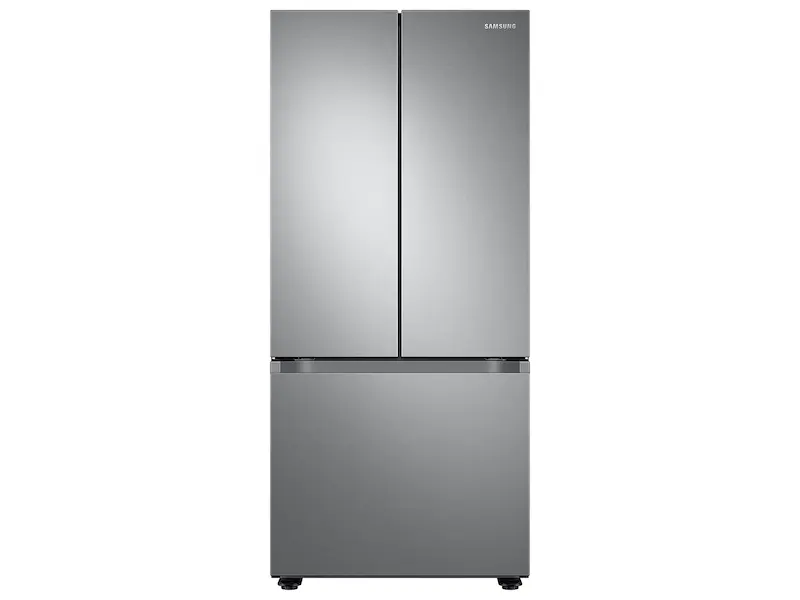
Signs of Spoiled Bacon
Knowing the signs of spoiled bacon is essential for food safety. Consuming spoiled bacon can lead to foodborne illnesses, so it’s important to recognize when bacon has gone bad.
Unpleasant Odor: One of the most noticeable signs of spoiled bacon is a sour or rancid smell. Fresh bacon has a savory, smoky aroma, but if it starts smelling off, it’s best to discard it.
Discoloration: Cooked bacon should maintain a consistent color. If you notice any unusual discoloration, such as grayish or greenish spots, it indicates spoilage.
Slimy Texture: Fresh cooked bacon should have a crisp or slightly chewy texture. If the bacon develops a slimy or sticky feel, it is no longer safe to eat.
Mold: Visible mold on cooked bacon is a clear sign of spoilage. If you spot any mold, discard the bacon immediately.
Proper Storage Techniques
Proper storage extends the shelf life of cooked bacon and maintains its quality. Here are some best practices for storing cooked bacon in the refrigerator.
Cooling Before Storage: Allow the cooked bacon to cool down to room temperature before refrigerating. This helps prevent condensation, which can lead to moisture buildup and spoilage.
Use Airtight Containers: Store cooked bacon in airtight containers or resealable plastic bags to minimize exposure to air and moisture. Vacuum-sealing is an excellent option for maintaining freshness.
Labeling: Label the storage container or bag with the date of cooking. This helps keep track of how long the bacon has been stored and ensures it gets used within the safe timeframe.
Layering with Paper Towels: If you plan to store bacon strips, consider layering them with paper towels. The paper towels absorb excess grease and moisture, helping maintain the bacon’s crispness.
Refrigerator Placement: Store the bacon in the coldest part of the refrigerator, usually near the back on a middle shelf. Avoid placing it in the door, where temperatures fluctuate more.
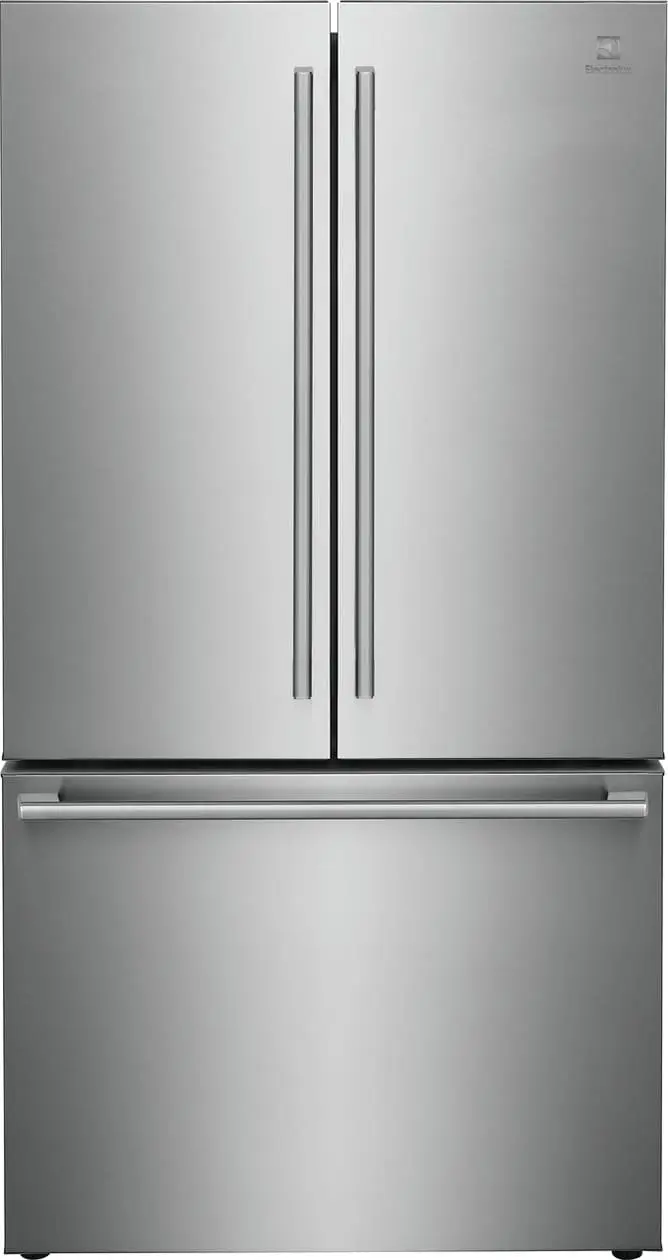
Freezing Cooked Bacon for Extended Storage
If you need to store cooked bacon for longer than 4 to 5 days, freezing is a viable option. Properly frozen bacon can last much longer while retaining its quality.
Freezing Guidelines: To freeze cooked bacon, follow these steps: Cool the bacon completely to room temperature. Lay the bacon strips flat on a baking sheet lined with parchment paper and freeze until solid (about an hour). Transfer the frozen bacon strips to a freezer-safe bag or airtight container, removing as much air as possible. Label the bag or container with the date. Frozen cooked bacon can be stored for up to 2 to 3 months for the best quality.
Thawing Frozen Bacon: When you’re ready to use frozen cooked bacon, transfer it to the refrigerator to thaw overnight. Alternatively, you can reheat it directly from frozen using a microwave or oven, though this might slightly affect texture.
Reheating Cooked Bacon
Proper reheating methods can restore cooked bacon’s flavor and texture. Here are some effective ways to reheat cooked bacon.
Microwave: Place the cooked bacon on a microwave-safe plate lined with a paper towel. Cover it with another paper towel to absorb excess grease. Microwave on high for 15-20 seconds or until heated through.
Oven: Preheat the oven to 350°F (175°C). Arrange the bacon on a baking sheet lined with parchment paper. Bake for 5-10 minutes or until heated through and crispy.
Stovetop: Heat a non-stick skillet over medium heat. Place the bacon strips in the skillet, turning occasionally until heated through.
Avoid Overcooking: Avoid overcooking the bacon during reheating, as this can make it overly dry and tough.
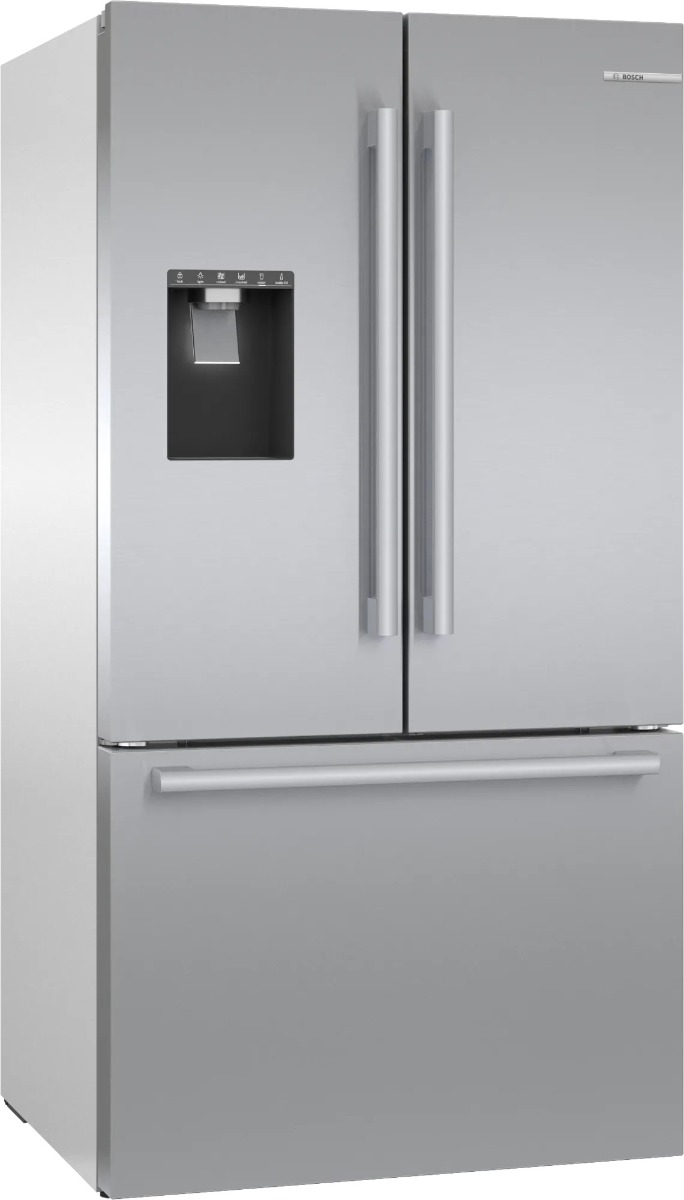
Using Cooked Bacon in Recipes
Cooked bacon adds flavor and texture to a variety of dishes. Here are some popular and creative ways to incorporate cooked bacon into your meals.
Breakfast Dishes: Sprinkle cooked bacon over scrambled eggs, omelets, or breakfast casseroles. Add it to pancakes or waffles for a savory twist.
Salads: Chop cooked bacon and sprinkle it over salads for added crunch and flavor. Combine it with avocado, lettuce, and tomatoes for a classic BLT salad.
Sandwiches and Wraps: Include cooked bacon in sandwiches, such as BLTs, club sandwiches, or grilled cheese. Wrap it in tortillas with veggies and sauces for a flavorful wrap.
Soups and Stews: Add cooked bacon to soups and stews for a smoky, savory flavor. Use it as a garnish for creamy soups like potato or clam chowder.
Pasta and Rice Dishes: Incorporate cooked bacon into pasta dishes like carbonara or mac and cheese. Mix it into rice dishes or risottos for added richness.
Homemade Bacon Bits: Crumble cooked bacon into small pieces and use as homemade bacon bits for topping various dishes.
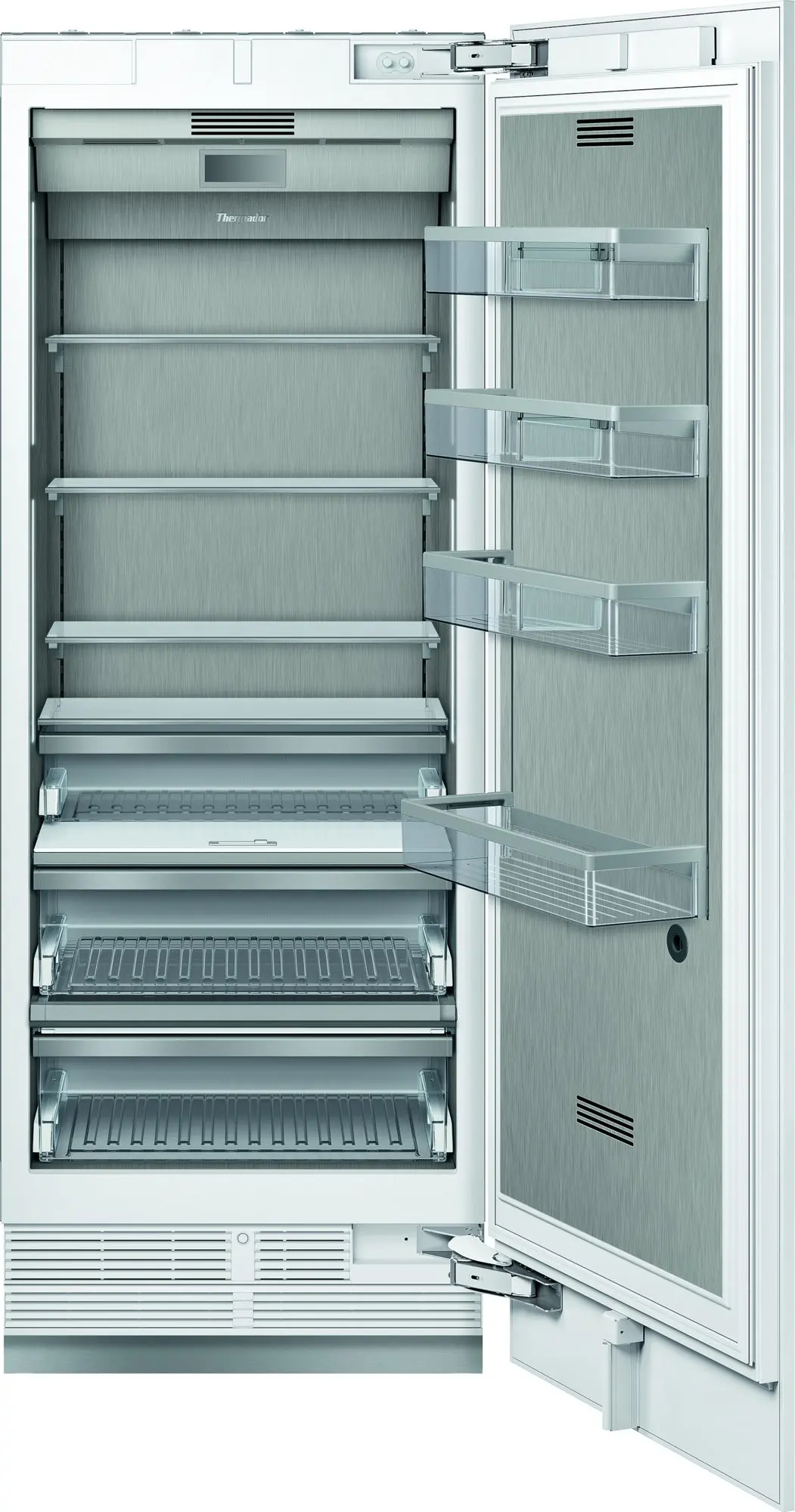
Frequently Asked Questions About Storing Cooked Bacon
Addressing common questions about storing cooked bacon provides additional clarity and guidance.
Q: Can I eat cooked bacon that has been left out overnight? A: No, it is not recommended to eat bacon that has been left out at room temperature for more than two hours, as it can lead to bacterial growth and food poisoning.
Q: How can I tell if cooked bacon is still good? A: Check for signs of spoilage such as an unpleasant odor, discoloration, slimy texture, and mold. If any of these signs are present, discard the bacon.
Q: Can I store cooked bacon with other foods in the same container? A: To avoid cross-contamination and preserve the flavor and texture, it is best to store cooked bacon separately in its own airtight container.
Q: How does freezing affect the texture of cooked bacon? A: While freezing cooked bacon can slightly affect its texture, proper freezing and reheating methods can help minimize this impact, keeping the bacon tasty and usable in various dishes.
Q: What is the best way to store bacon grease? A: Pour cooled bacon grease into a glass or metal container with an airtight lid and store it in the refrigerator for up to a month. Bacon grease can be used for cooking and adds flavor to many dishes.
Conclusion
Knowing how long you can keep cooked bacon in the refrigerator and employing proper storage techniques ensures that your bacon remains fresh and safe to eat. Cooked bacon typically lasts up to 4 to 5 days in the fridge, but freezing it can extend its shelf life to 2 to 3 months. Recognizing signs of spoilage, using airtight containers, and reheating the bacon correctly maintains its flavor and texture. By following the guidelines and tips outlined in this comprehensive guide, you can enjoy your cooked bacon safely in various delicious recipes while minimizing waste and enhancing food safety.
